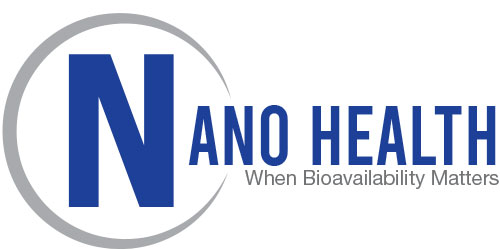


What Exactly is Nanotechnology?
When someone generally talks about nanotechnology they are referring to the field in science that relates to matter that is reduced to a very small size. Nanotechnology in principal is to make and utilize small items. When I say small, I mean really small. Someone that works in the nanotechnology field works with materials and devices that are generally 100 nanometers or smaller. A nanometer is not as small as an atom, but it is something you would not be able to see with your naked eye. To relate: a strand of hair would be equivalent to 100000 nanometers. In correct measurement, the nanometer is one-billionth of a meter. To see one, you would have to use one of the most powerful microscope available called an atomic force microscope.
The technical terminology for Nanotechnology is the control and understanding of matter at the dimensions that fall between 1 nanometer and 100 nanometers. This is where unique phenomena has enable novel applications. This technology involves nano research in the science, engineering and technology fields. There are generally 2 types of researchers working in nanotechnology.
The first would be a researcher who studies the fundamentals of the nano technology. These researchers refer to their work as nanoscience. The second would be a researcher who would rather focus on the effectiveness in using the nano technology. These researchers refer to their work as nanoengineering. Because of the seemingly vast areas of possible use with nanotechnology, many are unsure where this field and its creations will head in the future. But none deny that they believe nanotechnology will change the way we live in the future.
Changes from nanotechnology will come from all fields. Nanomedicine research is coming up with new ways of diagnosing and treating health problems and discovering new ways of delivering patients drugs to minimize side effects. Clinical trials within the nanomedical field are being done today and should be available soon. These clinical trials involve issues like sensors that might be able to smell cancer, gold nanoparticles that might be able to detect early stage Alzheimer’s, as well as engineering research to make a gel that encourages growth of nerve cells. As well as a study by Professor Mounir Laroussi at the Laser & Plasma Engineering Institute at ODU in Virginia, and his students who studied plasma bullets and published their study in the Journal of Physics D: Applied Physics.
In another application of nanotechnology, there is also continuing research on how to make the water supply safer. Progress has already been made where palladium- doped iron nanoparticles have been used and have shown the ability to remove organic contaminants from ground water. This is very important research as world water is a limited but necessary item for every person.
Health Nanotechnology
At one time it was noticed by scientists, engineers and researchers worldwide that many were working on projects that had cross interests involving nanotechnology. Because of this in 2001, the National Nanotechnology Initiative was officially established and given title as a federal initiative. The NNI does not give funding money but coordinates with others to find funding for nanotechnology projects throughout the 25 interagencies and departments.
